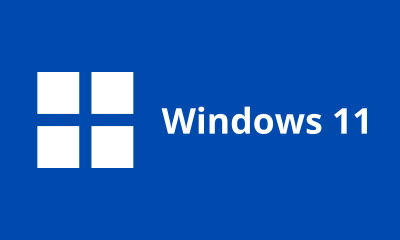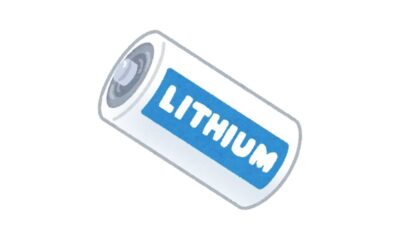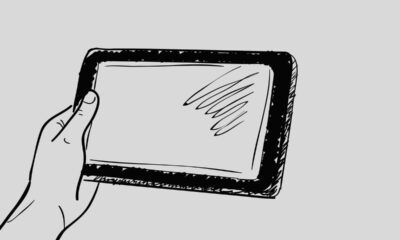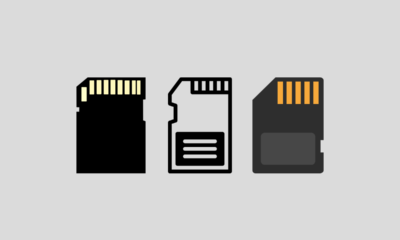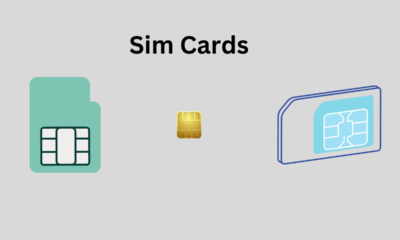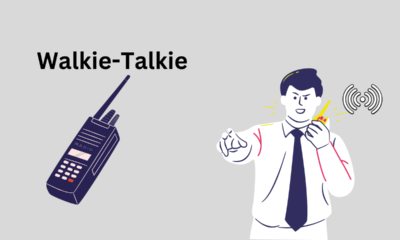Windows 11
Tips for Making the Most of New Features in Windows 11 – Part 2
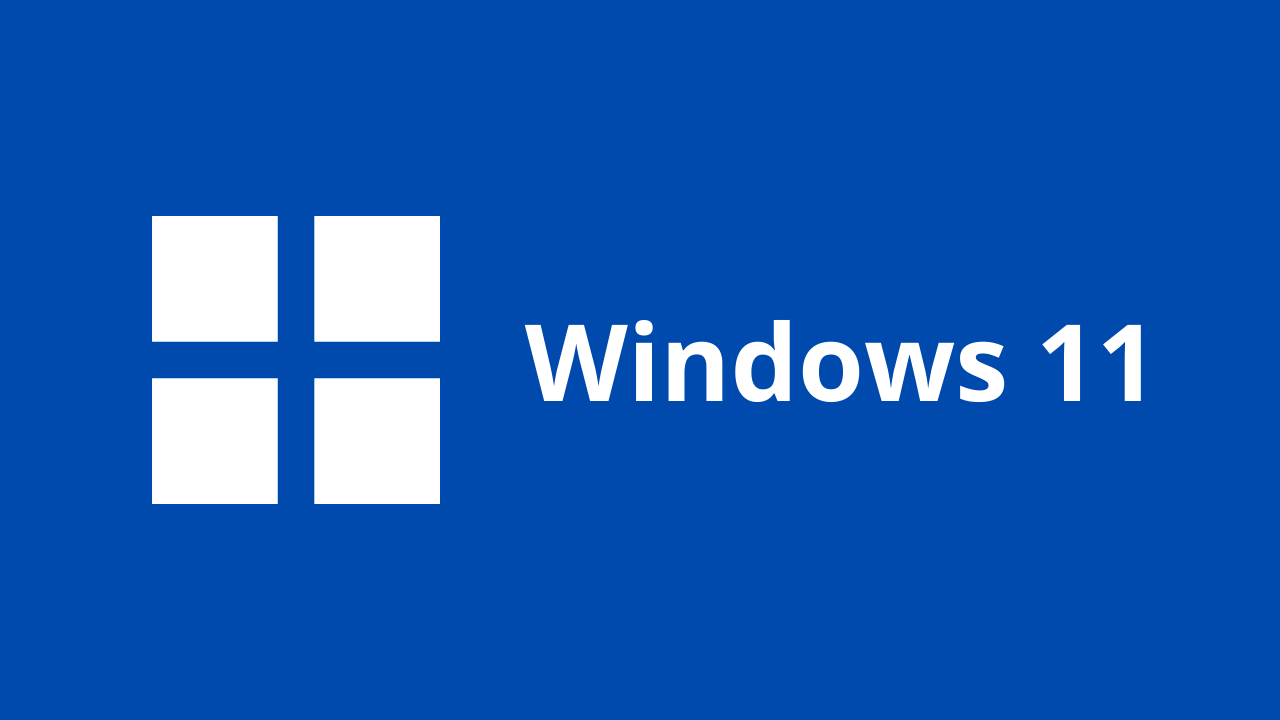
This article is a follow-up article on tips for maximizing the new features in Windows 11, in order to increase your productivity when using the new operating system from Microsoft.
After previously maximizing the number of features that revolve around improving performance and focus, there are still several other features that need to be maximized, including privacy features, advertisements and also convenience in use.
Turn Off Notifications
With Windows 11, the number of notifications has actually increased and this might be annoying to some. Luckily we can turn off notifications.
- Open Settings from the Start Menu, alternatively, you can also press Win+I to open the Settings page directly.
- Go to System and then click on Notifications.
- Notifications stay On by default but you can easily turn them off if you want.
- You can also customize notification settings for all apps on your PC separately.
Remove Unwanted Private Ads in Apps
With the updated operating system, you now have better control over your privacy. With just one click, you can stop apps from using your data to show personalized ads.
- Open Settings, then go to Privacy & Security.
- From the right pane click General Settings.
- Here you can choose whether or not you want apps and websites to show ads and relevant content based on your interests and language.
Block Pop-Ups and Tracking in Microsoft Edge
Now you might want to check some of these settings in Microsoft Edge as well.
- Launch Microsoft Edge and open Settings by clicking on the three dots in the upper right corner of the browser.
- From the left pane, click Privacy, Search, and Services.
- In the left pane, you will see that it is set to Balance by default, but it is recommended that you select the Strict option.
- It will block most trackers, block known malicious trackers, and the content will contain a minimum of personalization.
New option on Right Click
You may not notice it but there have been some changes to the right-click options in Windows 11. Now when you right-click on any file on your PC, you will see lots of new options added. Cut, Copy, Delete, etc. are now moved as icons.
Widgets
This is one of the many new features added to Windows 11. It is actually the new name and new look of News and Interests in Windows 10. The News and Interests icon was previously placed in the System Tray in the lower right corner of the screen. You can add or customize widgets here as per your interest.
Touch Keyboard
If you have a touch-enabled Windows 11 device, Windows 11 has a very helpful Touch Keyboard feature. Right-click on the Taskbar to open the Taskbar settings. Under the tabs, corner icons of the Taskbar, you will see the Touch Keyboard button.
Enable it to always show the Touch Keyboard icon on the Taskbar. You will now have a small Touch Keyboard icon in the system tray, right next to the WiFi icon.
Windows 11 now also allows you to change the Touch Keyboard theme.
Change PC Geolocation
Almost all applications on PC will now take advantage of the built-in geolocation feature. You can change your default location if you want. You can also decide whether you want desktop applications to access your location or not.
- Press Win+I to open Settings.
- Go to Privacy & Security.
- Scroll down and click on the Location tab.
- If you want to change the default location, click Set default and it will open Maps.
- Enter your location and click Change.
Tweak Search Settings
The Search pane on the Taskbar also has a new look and features. Anything you type in the Search Bar will be searched in Apps, Docs, the web, and more. Apps you use frequently are placed right in the Search pane. All searches that you do frequently will be indexed here.
You can also choose specifically where you want to perform the search. For example, if you want to search for something in an email, click the More tab and select an email. Now type what you want to search in the email. So basically, you don’t need to go to your email account to search for emails, you can do it directly from the Windows Search option.
There’s also a Quick Search tab showing today’s history, new movies, subtitles, and today’s Market. You can also change Search settings and Indexing options according to your own choice.
These are some useful Windows 11 tips and tricks. These tips can help you increase your productivity and improve your browsing experience on the all-new Windows 11 operating system.
Next up: Tips for Making the Most of New Features in Windows 11 – Part 1
Windows 11
How to Install Windows 11 Without Internet Connection

Installing Windows 11 without an internet connection is a bit different from the usual process of downloading it online. However, it is still possible to install Windows 11 offline. The process can be broken down into several steps to make it simple and straightforward. Here’s how to do it:
Step 1: Prepare your PC
Before you begin, ensure your computer meets the minimum system requirements for Windows 11. You also need a USB flash drive with a minimum of 8GB of storage to create a bootable USB drive. Additionally, make sure you have the Windows 11 installation media, either as a physical DVD or an ISO file on your computer.
Step 2: Create a bootable USB drive
If you have the ISO file, you can use the Media Creation Tool to create a bootable USB drive. To do this, follow these steps:
- Download the Media Creation Tool from the Microsoft website.
- Insert the USB drive into your computer and run the Media Creation Tool.
- Select “Create installation media (USB flash drive, DVD, or ISO file) for another PC.”
- Choose the language, edition, and architecture of Windows 11, then click Next.
- Select “USB flash drive,” and then click Next.
- Choose the USB drive from the drop-down menu, and then click Next.
- Wait for the tool to create the bootable USB drive, which may take a while.
Step 3: Boot your PC from the USB drive
Once the bootable USB drive is ready, you can use it to install Windows 11 on your PC. To do this, follow these steps:
- Turn off your computer and insert the USB drive.
- Turn on your computer and press the appropriate key to enter the boot menu. The key depends on your computer’s manufacturer, but common options are Esc, F2, F8, F10, or F12.
- Select the USB drive from the boot menu, and then press Enter.
- Wait for Windows 11 to load from the USB drive, which may take a while.
Step 4: Install Windows 11
Once Windows 11 is loaded from the USB drive, you can begin the installation process. To do this, follow these steps:
- Click on the Install button to start the setup process.
- Choose the language, time, and currency format, and keyboard or input method, then click Next.
- Click on Install now to continue.
- Accept the license terms and click Next.
- Choose “Custom: Install Windows only (advanced),” and then click Next.
- Select the hard drive or partition where you want to install Windows 11, then click Next.
- Wait for the installation process to complete, which may take a while.
- Configure your settings, such as the username, password, and privacy options, then click Next.
- Wait for Windows 11 to complete the setup process and restart your computer.
Once your computer has restarted, Windows 11 should be installed and ready to use. The process of installing Windows 11 without an internet connection may be a bit different, but it is still straightforward and easy to follow. With the right preparation, you can have Windows 11 up and running on your PC in no time.
Windows 11
How To Fix Windows 11 Not Shutting Down
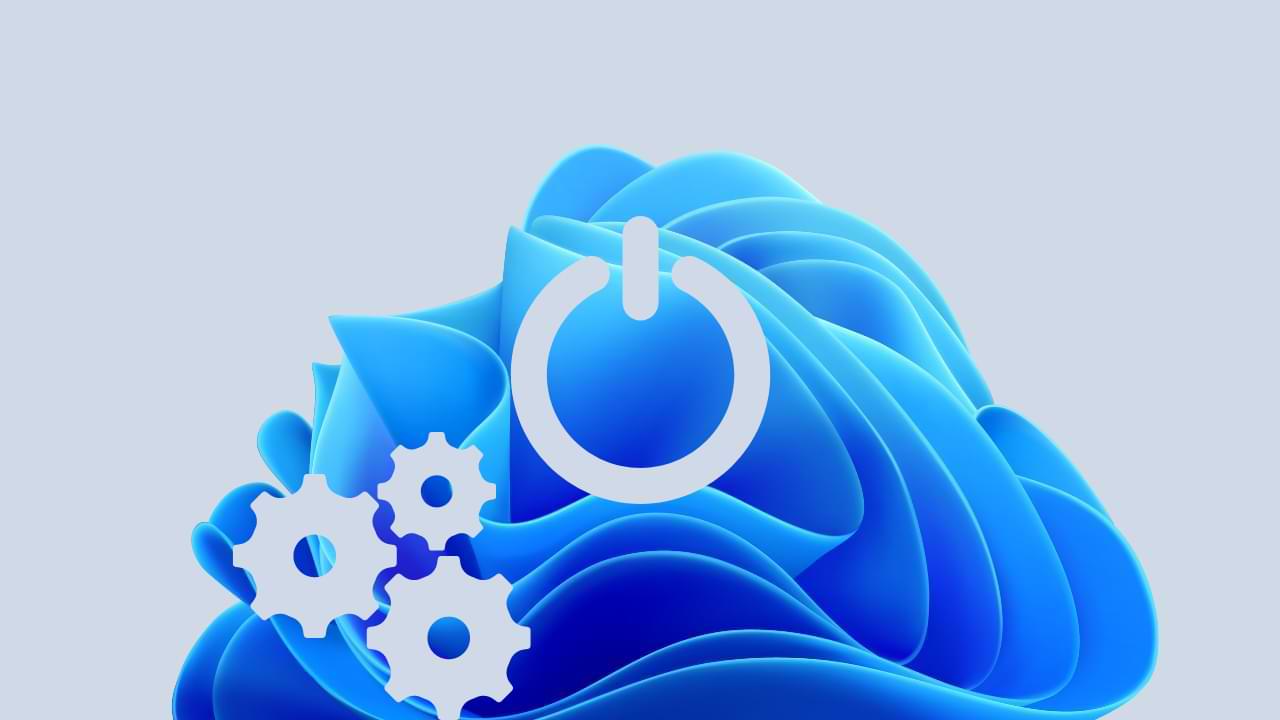
If your Windows 11 computer is not shutting down properly, there are several troubleshooting steps you can try to fix the windows not shutting down the issue:
Step 1: Check for updates
Check for updates for Windows 11 by going to the Settings app, selecting “Update & Security,” and then clicking on “Check for updates.” If updates are available, install them and try shutting down your computer again.
Step 2: End running processes
Press the Ctrl+Alt+Del keys and click on the “Task Manager” button. This will open the Task Manager, where you can see all the running processes on your computer. Look for any processes that may be causing the issue and end them by clicking on them and then select “End task.”
Step 3: Disable fast startup
Fast startup is a feature in Windows that speeds up the startup process, but it can sometimes cause issues with shutting down. To disable fast startup, go to the Control Panel and click on “Power Options.” Then, click on “Choose what the power buttons do” and uncheck the box next to “Turn on fast startup.”
Step 4: Check for hardware issues
Make sure that all hardware components of your computer are properly connected and functioning. Check the power cord and battery, and make sure that your computer is not overheating. If you suspect a hardware issue, contact a computer repair professional for assistance.
Step 5: Run a disk check
Sometimes, issues with shutting down can be caused by problems with your computer’s hard drive. To check for these issues, open the Command Prompt as an administrator and type “chkdsk /f” (without the quotes). This will run a disk check and fix any errors that it finds.
Step 6: Run a system scan
Sometimes, issues with shutting down can be caused by malware or other types of harmful software. To check for these issues, run a full system scan using an up-to-date antivirus program.
Step 7: Perform a clean boot
Performing a clean boot can help you identify if any third-party applications or services are causing the issue. To perform a clean boot, press the Windows key + R, type msconfig, and hit Enter. In the System Configuration window, navigate to the Services tab and select “Hide all Microsoft services”, then click on “Disable all”. Then, navigate to the Startup tab, and click on “Open Task Manager”. In the Task Manager, disable all startup items, restart your PC, and try shutting it down again.
Step 8: Perform a System Restore
If the above steps do not solve the issue, you can try performing a System Restore. This will restore your computer to a previous state, undoing any changes that may be causing the issue. To perform a System Restore, go to the Control Panel and click on “System.” Then, click on “System protection” and select “System Restore.” Follow the prompts to choose a restore point and restore your computer.
Conclusion
If your Windows 11 computer is not shutting down properly, there are several troubleshooting steps you can try to fix the issue. These include checking for updates, ending running processes, disabling fast startup, checking for hardware issues, running a disk check, running a system scan, performing a clean boot and performing a System Restore. If none of these steps solve the issue, it may be necessary to contact a computer repair professional for assistance.
Windows 11
How to Record Screen in Windows 11 Without Application
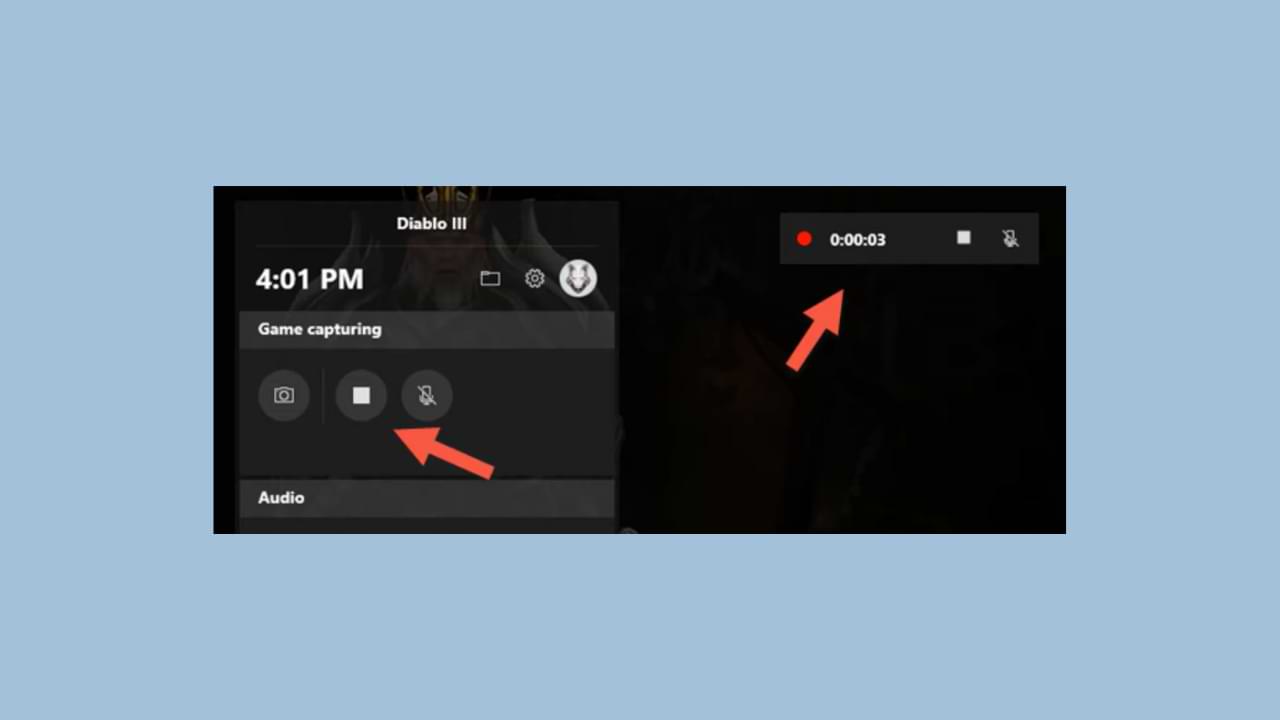
Did you know, on windows 11 you can record layer/screen recorder without having to install any application? That’s right, Windows 11 already has a built-in Screen Recording feature where you can take more efficient layer recordings, where you can share the results of this screen recording video directly to video streaming platforms such as YouTube, Twitter, and others.
Not only that, but you can also edit the screen record video first before you share it.
Here’s How to Record Screen in Windows 11 Without Applications:
- Open this Screen Recorder application by pressing the Windows key + G
- Next click the Capture option
- Click the Start Recording button or you can also press the Win + Alt + R keys to start the Screen Recorder capture process.
- To view the screen recordings stored on your Windows 11 PC/Laptop storage, you can go to the Windows Explorer > This PC > Videos > Captures directory.
How to Record Screen in Windows 11 Using Apps
If with the first method above, you feel unsatisfied and feel quite complicated. You can use third-party applications that are more simple and more effective.
One of the applications is the Windows 11 Screen Recorder application which you can download and install for free.
-
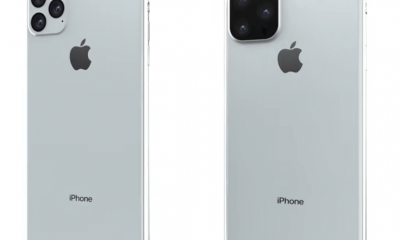
 Phones5 years ago
Phones5 years agoApple iPhone 11 (2019) – Release, Info, Leaks, Rumors
-
![Huawei's New Operating System is HarmonyOS [ Officially ],harmony os,huawei new operating system, huawei harmony OS,](https://www.thedigitnews.com/wp-content/uploads/2019/08/Screenshot__2285_-removebg-preview-2-1-400x240.png)
![Huawei's New Operating System is HarmonyOS [ Officially ],harmony os,huawei new operating system, huawei harmony OS,](https://www.thedigitnews.com/wp-content/uploads/2019/08/Screenshot__2285_-removebg-preview-2-1-80x80.png) Phones5 years ago
Phones5 years agoHuawei New Operating System is HarmonyOS [ Officially ]
-

 News5 years ago
News5 years agoBelle Delphine bath water – Instagram Model Sells Used Bathwater For 30$ To Their Loyal Followers
-

 Tech5 years ago
Tech5 years agoLevi’s Bluetooth Jacket Lets You Control Your Smartphone


